Swamp hibiscus and its care
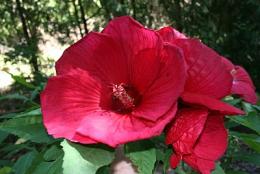
Hibiscus is a plant that belongs to the Malvaceae family and grows in the subtropics and tropics. One of the most common varieties is herbal hibiscus (another name is swamp hibiscus). Its flowers reach sizes of 12-18cm. The color range is varied: from yellow to dark purple with spots at the base of the corolla. The flowers are large, without a pronounced smell. The leaves are light green in color and slightly petiolate in shape. The height of the plant can be up to 2 meters if it is planted in open ground.
Hibiscus is common in many countries around the world, so it has several names. In Ukraine and Russia it can also be called tea rose. In Hawaii, hibiscus has a wonderful name - “the flower of beautiful women.” It is also called “Chinese rose”. At the moment, there are about 200 varieties of swamp hibiscus alone, so it cannot be ruled out that not all the names of this plant are listed above.
Content:
Reproduction and planting
There are two ways to propagate swamp hibiscus:
- Cuttings
- Seeds
Propagation by cuttings one of the simplest and most common methods. Even in the summer, the gardener cuts cuttings and treats them with means to stimulate growth. At the next stage, the cuttings are placed in a special mixture (of peat and sand), where over time the cuttings will take root. To do this, you need to water it with warm water and do not keep the pot in a cold place.
Propagation by seeds is also a fairly simple procedure and in some ways less labor-intensive.
Seeds are sown between January and March. Planting occurs in soil made of peat and sand. In order for the seeds to be accepted, the container is covered with special glass so that the temperature for the plant does not drop below 25 degrees. Periodically, the plant must be ventilated and fertilized to acceleration of growth. As soon as the leaves are visible in the pot, they are immediately dumped into separate containers. The disadvantage of such propagation is that the plant will bloom no earlier than after 3 years.
Caring for swamp hibiscus
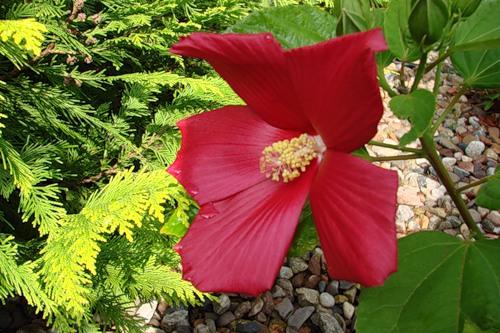
Hibiscus plants are not fussy. They do not require a lot of sunlight, but may not bloom in dim light. Also, the flower does not like direct sunlight. That is why the ideal option would be western or eastern windows. It can also be south facing, but then there may be a need for ultraviolet protection, depending on how much sun rays affect the flowerpot.
Room temperature must reach a marking of at least 24 degrees. If the flowerpot is planted in the ground, this figure may be slightly lower. If the temperature reaches over 30 degrees, you need to shade the plants with additional means.
The soil for hibiscus should be loose and rich in humus. It is advisable to feed hibiscus once a week from spring to autumn. In winter, once a month is enough.
In the warm season, you need to water the flower often and abundantly. In winter, moderate watering is sufficient. The water must be at room temperature and settled. If for hibiscus not enough water, then it will begin to lose leaves and disappear.
Pests and diseases
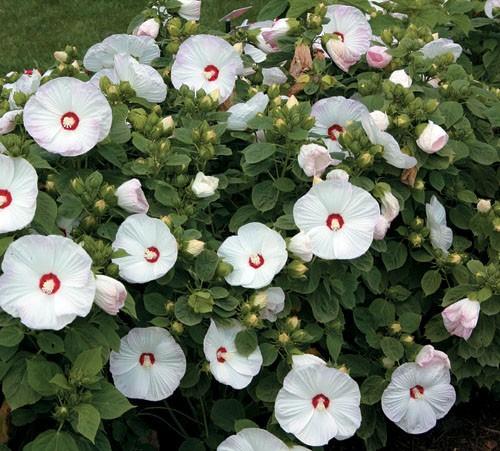
If the care of the plant is correct, then perhaps the gardener will not recognize such problems as pests and diseases. Hibiscus is not prone to various diseases. But the possibility of breeding parasites cannot be ruled out.
The most common are aphids and mites. In order to get rid of them, it is best to replant the plant, treating it with a special solution. The main thing to remember is that the drug should not have an oil base, since the plant cannot always tolerate such treatment without consequences in its growth.
Due to lack of nutrients or watering, the hibiscus will leaves curled and the flowers will not be able to bloom. If the leaves at the base of the flowerpot dry out and fly off, it means it is suffering from chlorosis, that is, it is oversaturated with chlorine and calcium.
The best prevention against any disease is proper watering and temperature conditions, as well as a moderate amount of fertilizing at any time of the year.
Swamp hibiscus is primarily a beautiful plant, so it is most often used for garden interiors or to create home comfort. It will decorate any home and, with proper care, can delight the eye for several decades.
In some eastern countries, hibiscus is used as an herb, based on which various medicinal and regular teas are made. In Ukraine and Russia, hibiscus tea is made from hibiscus.
In cosmetology, hibiscus flowers are used to create oils and products for skin rejuvenation. Not only the flowers of herbal hibiscus, but also its root are successfully used in medicine. This is one of the best remedies against inflammatory processes in the body, and also as an antipyretic.
As can be seen from the above, swamp hibiscus is not just a beautiful and unpretentious plant, but also very useful.Every gardening enthusiast should have this in their collection.
Video about the correct sowing of swamp hibiscus seeds:
Interesting information about the vegetable garden

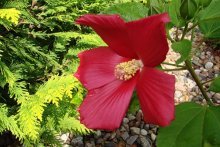
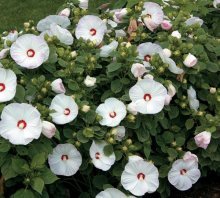
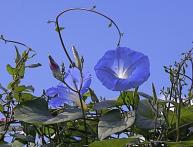
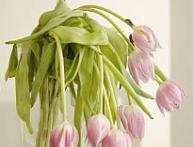
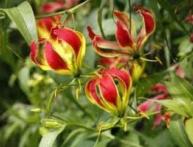
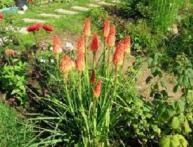

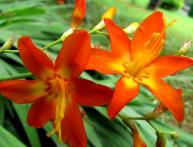
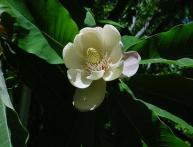
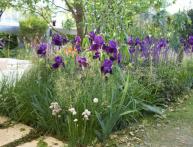
Comments
It grows on my street, but what can I grow at home?